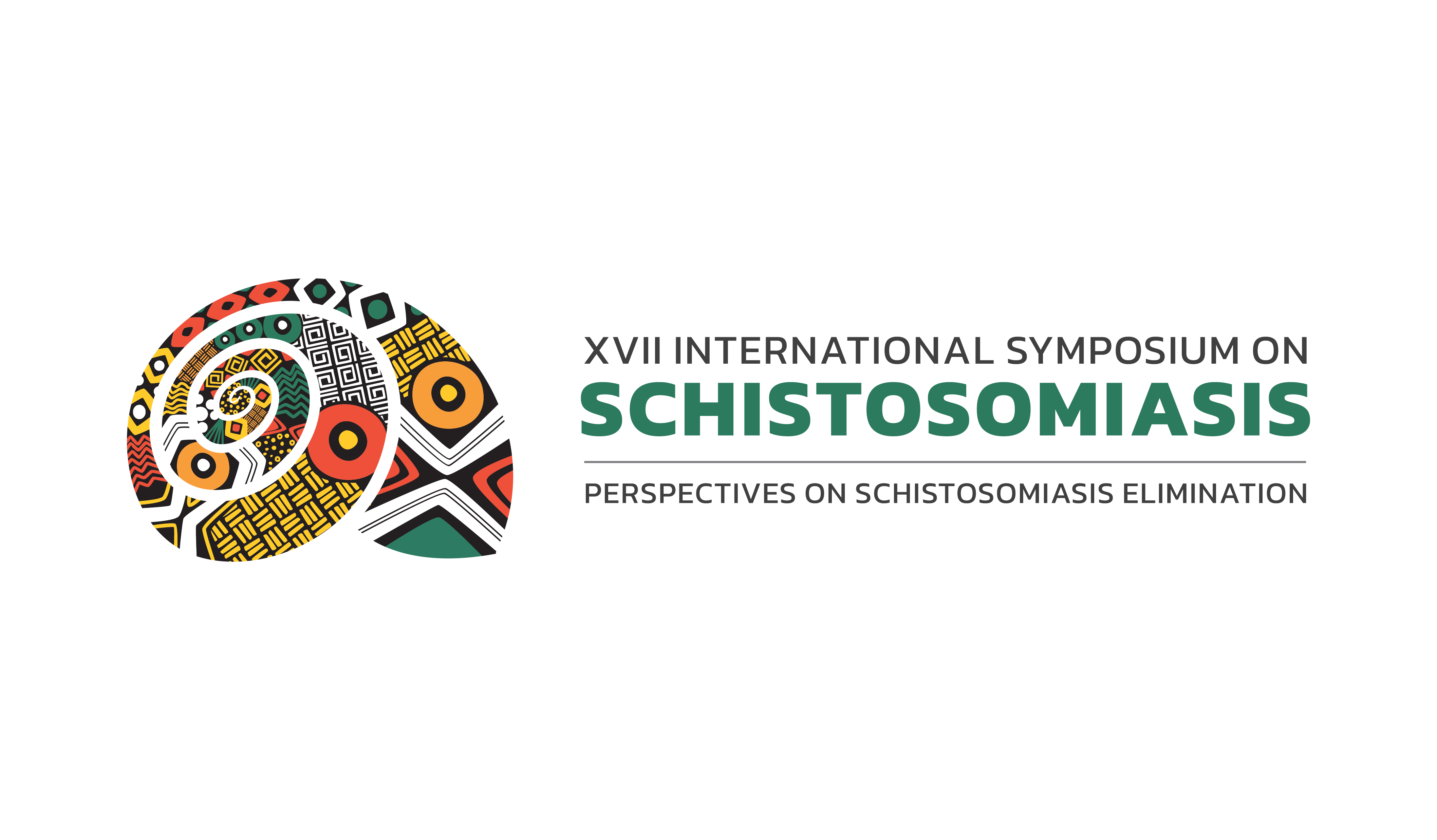A 17-Year Epidemiological Survey of Schistosomiasis in Tremedal, Bahia: Challenges in Disease Control and Treatment
DOI:
https://doi.org/10.55592/sie.v1i01.7495Palavras-chave:
Schistosomiasis; Epidemiological survey; Public health challengesResumo
Schistosomiasis, a poverty-associated parasitic disease, results from exposure to freshwater contaminated with Schistosoma larvae. The adult worms typically settle in the intestinal veins, leading to significant tissue damage. This disease predominantly affects low-income communities, where inadequate sanitation and contaminated water sources perpetuate its endemic presence. Globally, schistosomiasis impacts nearly 240 million people, primarily in tropical and subtropical regions. Regular administration of anthelmintic drugs, such as praziquantel, can significantly mitigate severe morbidity associated with the disease. This observational, descriptive study conducted an epidemiological survey in Tremedal, a city in southwestern Bahia, Brazil, to identify cases of S. mansoni from 2002 to 2019. The study utilized secondary data from the Center for Endemic Disease Control in Tremedal and the Schistosomiasis Control Program Information System (SISPCE). A total of 232 localities were surveyed, with 13,215 Kato-Katz tests analyzed, leading to the identification of S. mansoni eggs in 231 individuals (1.7%). The intensity of infection, measured by the number of eggs per gram of feces, ranged from low (lt; 5 eggs) in 82 cases (35.2%), to medium (5-33 eggs) in 56 cases (24%), and high (≥ 34 eggs) in 95 cases (40.8%). Urban areas accounted for 109 (46.8%) of the positive cases, while rural areas contributed 124 (53.2%). The localities of Furado da Cancela (n = 32), Lagoa Preta (n = 15), and Olho d’Água (n = 14) were the most affected. Approximately 92.6% (n = 214) of infected individuals received etiological treatment. The mean age of these individuals was 29 years (IQR: 21-38 years), with a female-to-male ratio of 0.47:1. Among those residing exclusively in urban areas, the mean age was 31.5 years (IQR: 20.6–36 years), with a female-to-male ratio of 0.87:1. For individuals living in rural areas, the mean age was 28.0 years (IQR: 21.0–39.0 years), with a female-to-male ratio of 0.60:1. Schistosomiasis control in Tremedal faces significant challenges, particularly in urban areas where low sewage disposal coverage contributes to ongoing transmission and the emergence of new cases. Despite active transmission, the municipal schistosomiasis surveillance program is currently inactive, as the responsible professionals have been reassigned to combat other diseases, such as dengue and other arboviruses.Downloads
Publicado
2024-11-07
Edição
Seção
Pôster

